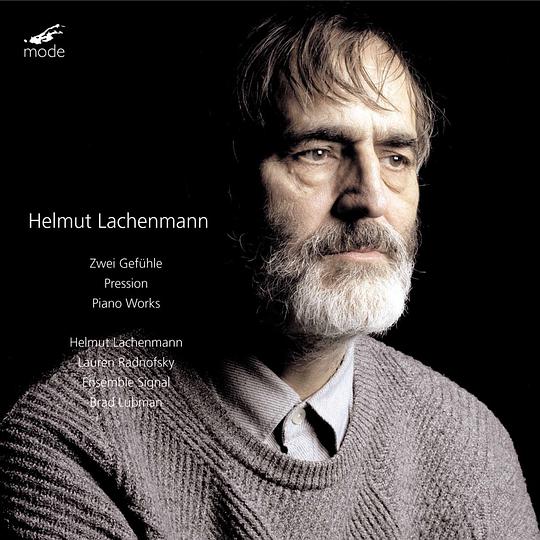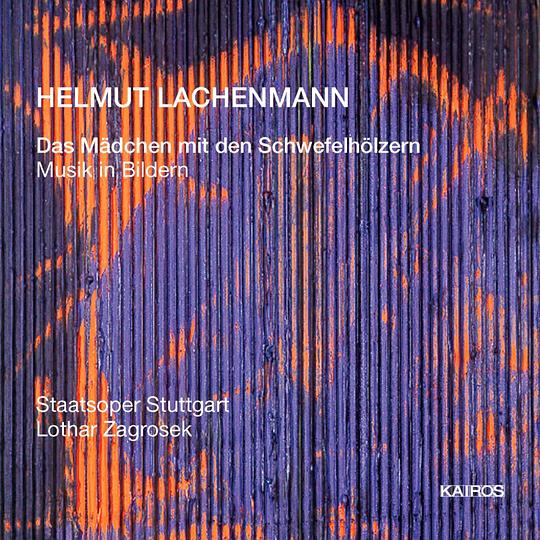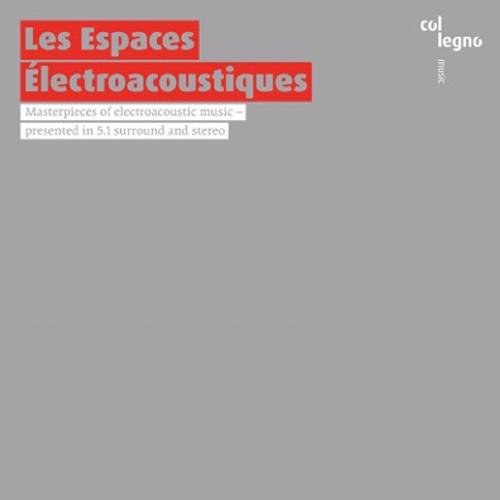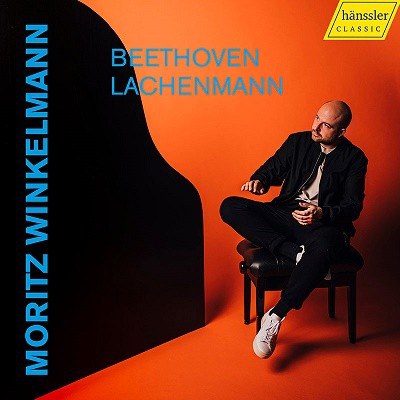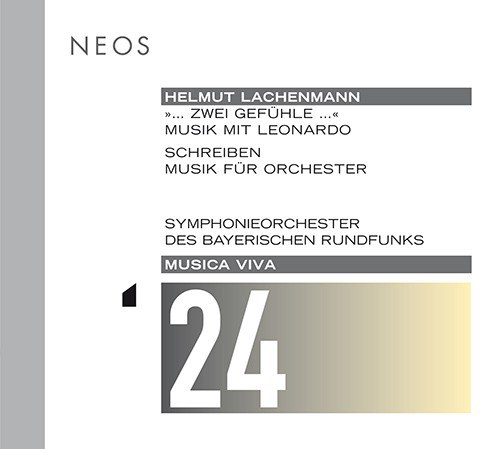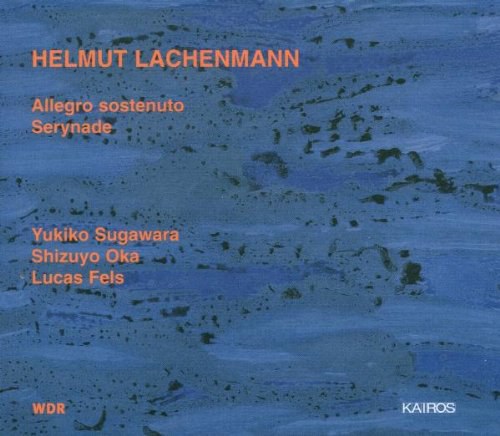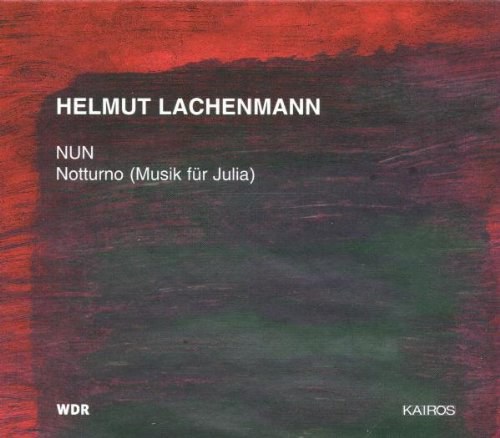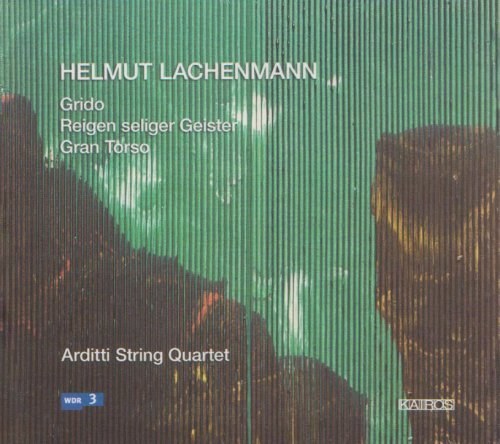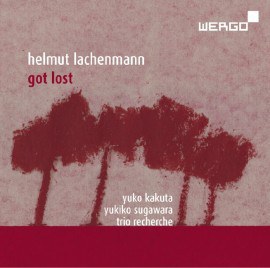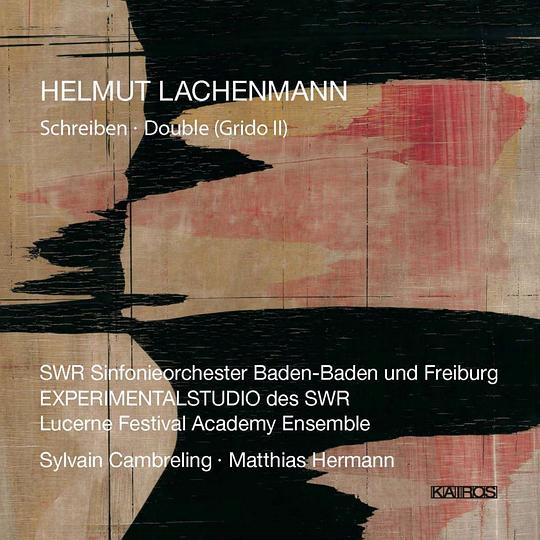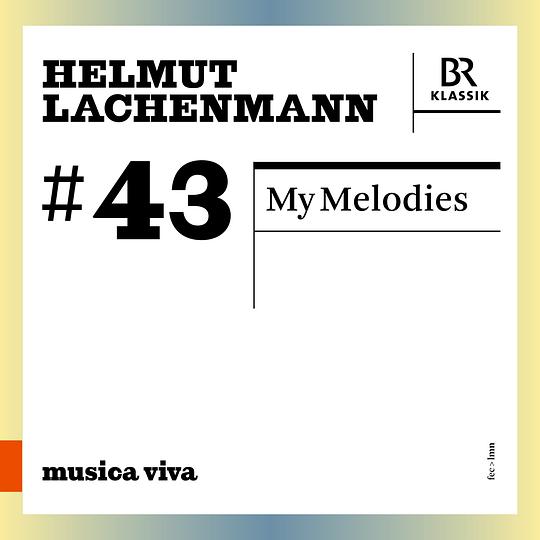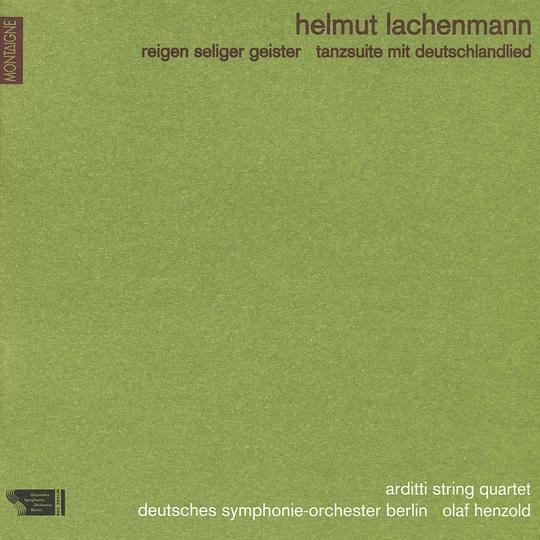Helmut Lachenmann: „...Zwei Gefühle...“; Pression; Piano Works [音乐] 豆瓣 Spotify
Helmut Lachenmann
/
Lauren Radnofsky
…
类型:
古典
发布日期 2012年11月27日
出版发行:
Mode
Violin and viola players whisper over their instruments. A guitarist waits with the closest attention for the moment to make a gesture we might easily have missed. The tuba player rises to go over to the open piano, there to send sounds echoing into its interior. Two cellists, bowing with heavy pressure down near the tailpiece, produce an urgent rasping. From the timpanist comes the sudden fortissimo that seems to shock the music to a standstill...
Renowned German composer Helmut Lachenmann’s music is expressive in extraordinary ways, requiring the performers to play their instruments via unusual techniques, making for both compelling listening and viewing.
Lachenmann performs in and supervises these recordings with Ensemble Signal, one of America’s leading New Music ensembles. In addition to performing as narrator in „…Zwei Gefühle …“. Lachemann also is the soloist for three of his piano works.
These studio recordings followed an intensive four concert tour of this program. Lachenmann taught each musician of Ensemble Signal individually on his language of techniques for this project.
Liner notes by Paul Griffiths.
The DVD includes a 20 minute documentary of Lachenmann in conversation with Seth Brodsky (Assistant Professor of Music at The University of Chicago), filmed at New York’s Miller Theatre.
First in a series of Lachenmann on Mode Records.
“The audience whooped and cheered after every work.” – Anthony Tommasini, The New York Times, reviewing the Miller Theatre concert.
Renowned German composer Helmut Lachenmann’s music is expressive in extraordinary ways, requiring the performers to play their instruments via unusual techniques, making for both compelling listening and viewing.
Lachenmann performs in and supervises these recordings with Ensemble Signal, one of America’s leading New Music ensembles. In addition to performing as narrator in „…Zwei Gefühle …“. Lachemann also is the soloist for three of his piano works.
These studio recordings followed an intensive four concert tour of this program. Lachenmann taught each musician of Ensemble Signal individually on his language of techniques for this project.
Liner notes by Paul Griffiths.
The DVD includes a 20 minute documentary of Lachenmann in conversation with Seth Brodsky (Assistant Professor of Music at The University of Chicago), filmed at New York’s Miller Theatre.
First in a series of Lachenmann on Mode Records.
“The audience whooped and cheered after every work.” – Anthony Tommasini, The New York Times, reviewing the Miller Theatre concert.
